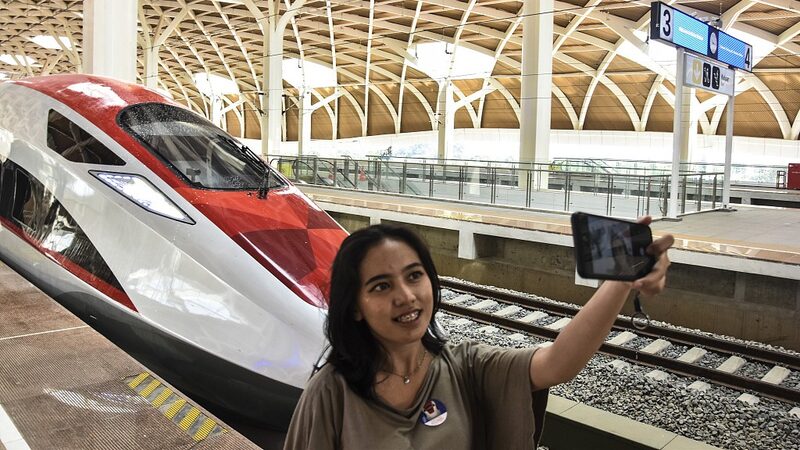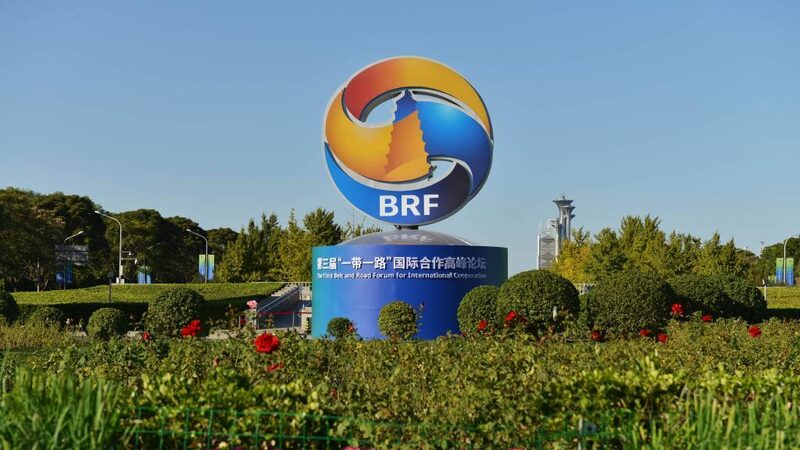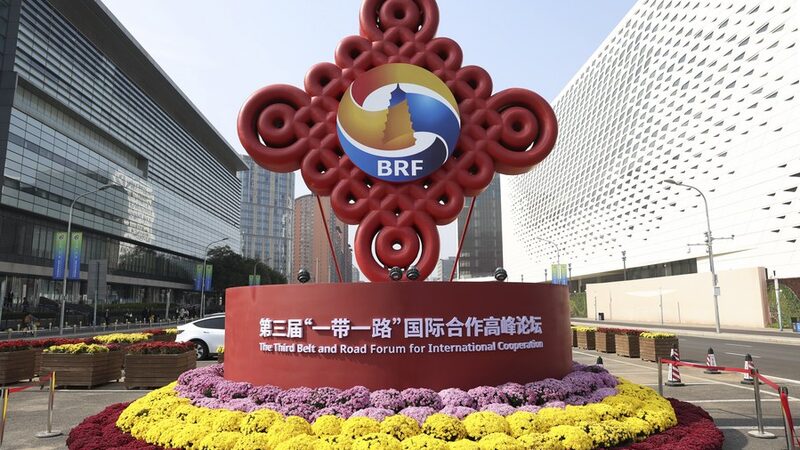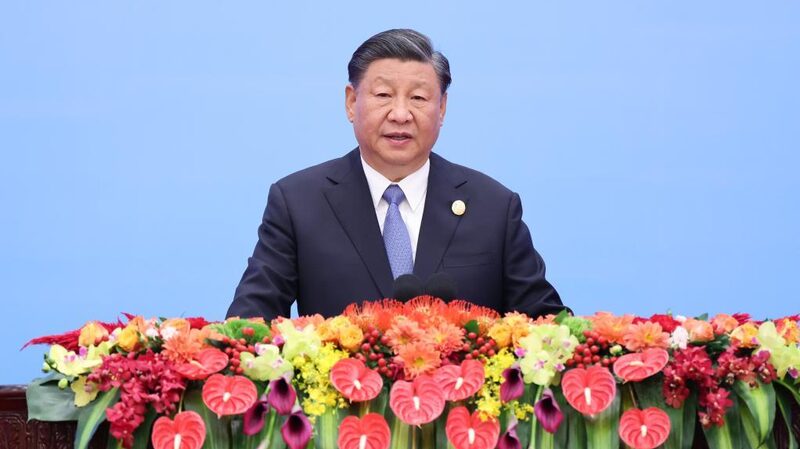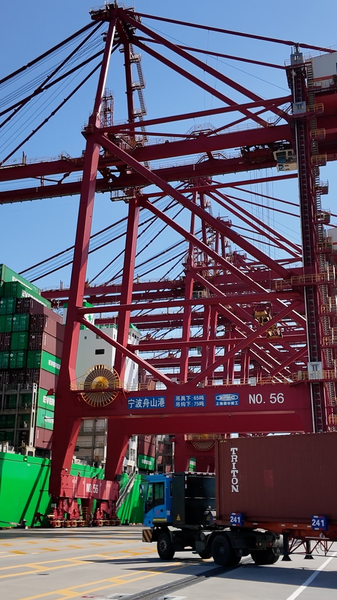🌍 Twelve years after its launch, China's Belt and Road Initiative (BRI) is still reshaping global infrastructure like a marathon runner hitting its stride. At the Summer Davos forum in Tianjin, experts and policymakers gathered to discuss the BRI's journey—its wins, challenges, and future in a world grappling with climate change, supply chain shifts, and geopolitical tensions.
From Vision to Reality
Launched in 2013 by Chinese President Xi Jinping, the BRI has connected continents through railways, ports, and digital networks. Think of it as the ultimate 'infrastructure playlist' 🎧, blending economic growth with cross-border collaboration. But as Wang Guan noted at the forum, 'The real test is adapting to today's climate-first mindset and ensuring projects leave no community behind.'
Critics & Course Corrections
Debt concerns and environmental impact remain hot topics. Delegates emphasized the BRI's newer focus on green energy and smaller, community-driven projects. 'It's not just about building roads—it's about building trust,' said one expert, highlighting plans for solar farms in Africa and smart cities in Southeast Asia.
What's Next? 🌱
The BRI is pivoting to digital innovation and sustainability, with AI-driven logistics and carbon-neutral zones in the works. As global tensions rise, the initiative aims to stay a 'bridge, not a wall,' fostering cooperation in a divided world. The takeaway? The BRI’s next chapter might just be its most ambitious yet.
Reference(s):
BRI at 12: What's Next for China's Global Infrastructure Vision?
cgtn.com

